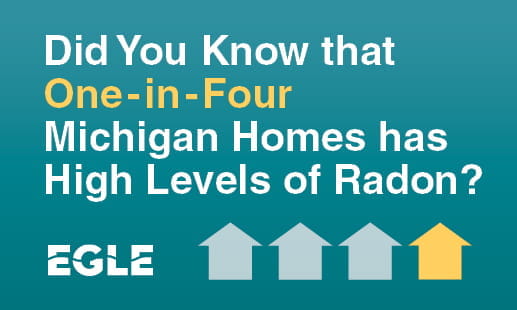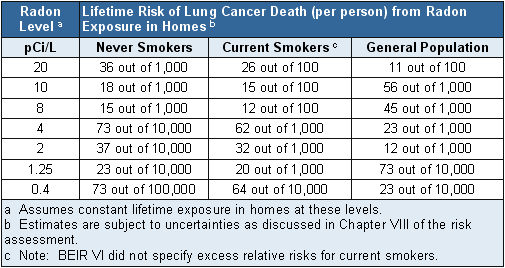Radon - Data - Iowa Department of Public Health - Iowa.gov

A Biased View of Radon Basics - National Radon Program Services
Whether it is following simple radon reduction increasing ventilation, performing or calling a radon gas levels can be enhanced significantly. Radon gas takes place everywhere around the world. Leaving from the breakdown of uranium in igneous rock and underground water, radon gas permeates as much as the earth's surface. The gas is odor-free, colorless, and unappetizing, so it is tough to identify.
Radon: Resources for Residents - Ferguson Township PA
That is why was developed. The complimentary tool can be occupied with a big amount of sensing units from worldwide, readily available to everybody. It is free to utilize, upgraded daily, and has countless radon sensing units from around the world. You can see annual, month-to-month and approximate danger calculations in this user friendly, interactive map.

Radon and the Symptoms of Radon Gas Poisoning - Protect Environmental
The finest method to know the air you are breathing is tidy and safe is by keeping track of long term, with a detector that will track modifications so you don't have to consider it!.
Fascination About Radon - Kane County Health Department

What is a safe and acceptable level of radon gas? This is actually two separate concerns. A Good Read is: "What is a safe level of radon gas?" The 2nd is: "What is an appropriate level of radon gas?" What is a safe level of radon gas? This is the simpler of the two questions.

Four Myths About Radon in Atlanta - At Ease Blog
Radon gas is a carcinogen which triggers lung cancer. The US EPA has put it clearly, specifying, "Any radon exposure has some risk of causing lung cancer. The lower the radon level in your house, the lower your family's risk of lung cancer." The typical person receives a higher dose of radiation from the radon levels in their home than from their combined direct exposure to all other radiation sources, natural or manufactured.
Depending upon your geographic area, the radon levels of the air you breathe outside of your home may be as high as 0. 75 p, Ci/L. The nationwide average of outside radon levels is 0. 4 p, Ci/L and it is estimated by the National Academy of Sciences that outdoor radon levels cause roughly 800 of the 21,000 radon induced lung cancer deaths in the United States each year.
